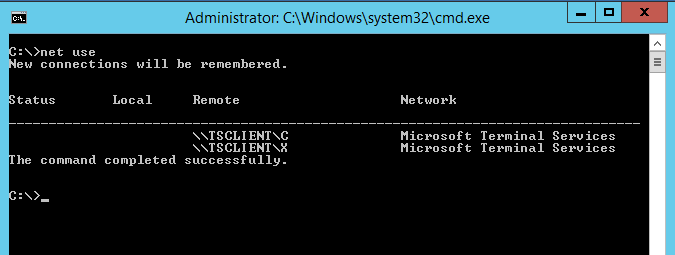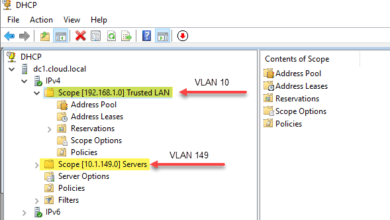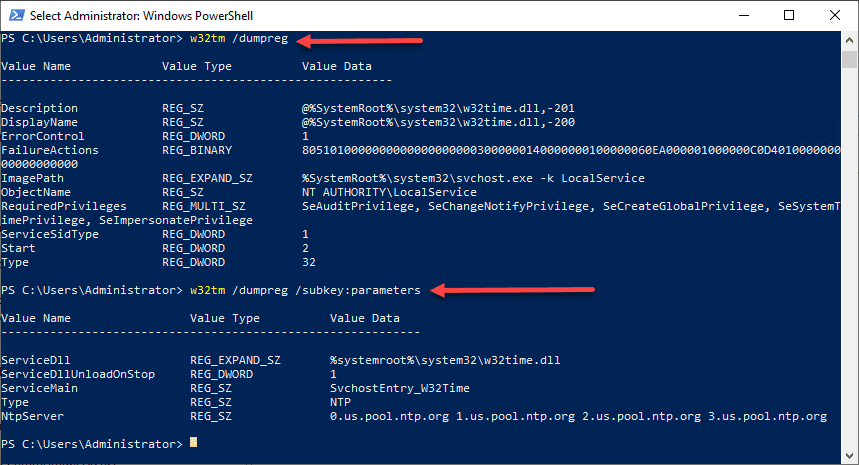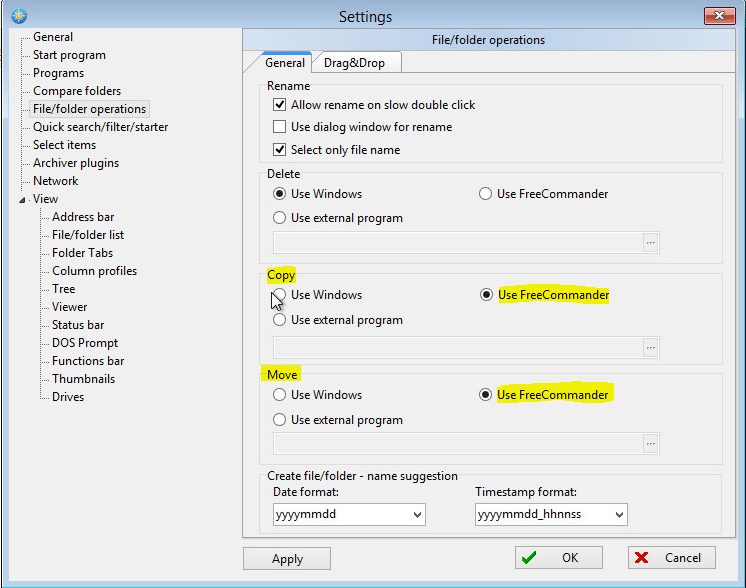We all use and love (may be a bit presumptuous here) imaging workstations. After all it saves us as system administrators countless hours of time, or at least we hope so. However, as with any good technology, without proper planning, administrators can certainly run into headaches because of the lack of preparation and not really having a game plan going into their image creation. Microsoft has provided a lot of really good tools when it comes to creating and rolling out images, however due diligence still has to be performed in order to make sure they roll out without a hitch.
Many tasks these days can certainly be accomplished via group policy as far as configuration is concerned, however, if you are in an environment where policy is not being utilized for one reason or another or if you want to take care of basic configurations at the image level, below is a quick checklist of a few items that often get missed before the capture process is run on the master computer
- Make sure all local user profiles are are deleted and the user accounts that do not need to exist on the workstation are deleted
- Make sure User Account Control settings are setup according to your environment policy
- Make sure Windows Update settings are configured
- Make sure to place any custom directories where they need to go before capturing the image
- Make sure permissions are configured correctly on any registry settings that may need to be configured other than defaults
- Configure file and folder options accordingly
- Configure the power plan in control panel
- Copy your unattend file to c:\\windows\\system32\\sysprep directory
- Configure any registry keys accordingly
- Configure local policy including, security options, and user rights assignment as they need to be
- Install any and all “local” printers that need to be installed before capturing the image
- Configure start up types, logon information, and state of any services that may need to be configured
- Configure virus scan options, scan times, update settings, etc
- Run the DISK CLEANUP utility within Windows 7 to delete all unnecessary temporary files accumulated during the staging process













